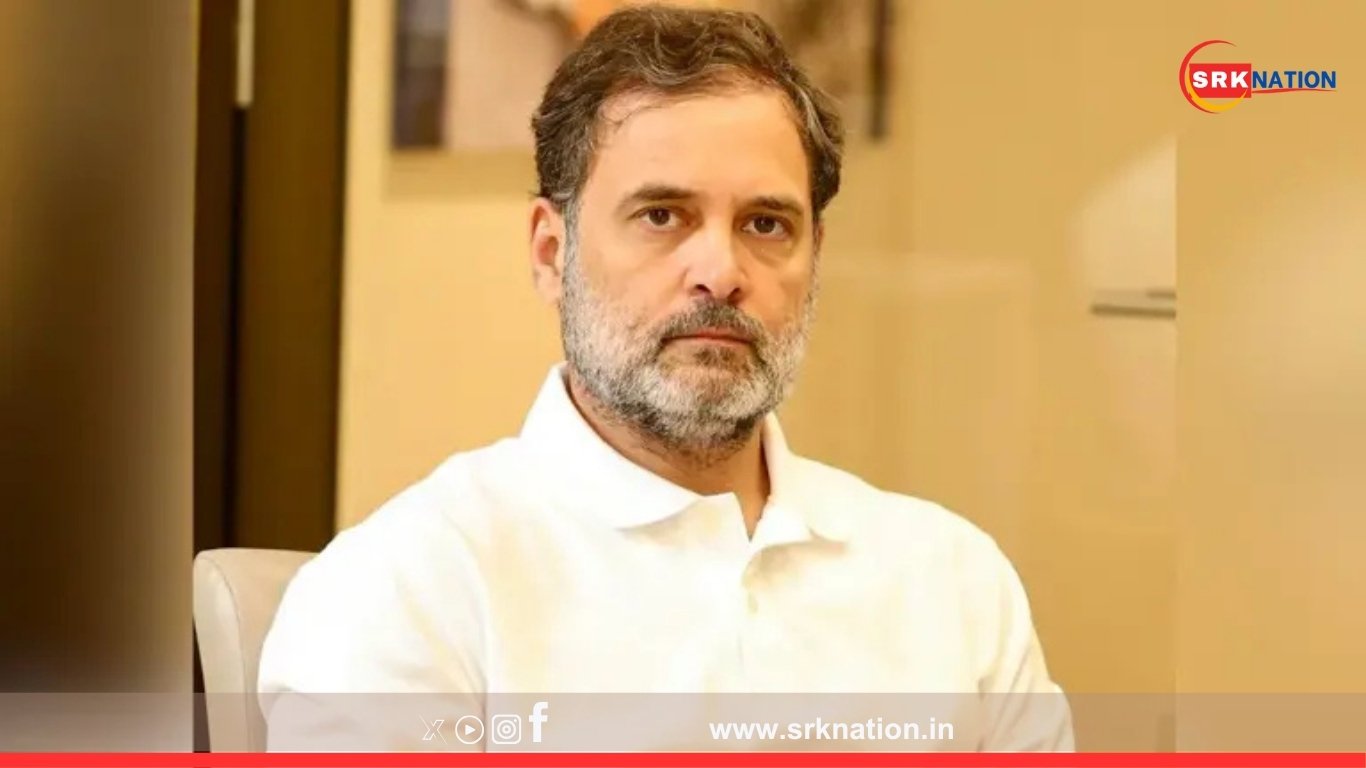Congress leader Rahul Gandhi has launched a scathing attack on the Narendra Modi-led government, accusing it of failing India’s farmers by creating an unprecedented fertilizer crisis across states during the crucial Kharif sowing season. His statement, ‘Kiska Saath, Kiska Vikas’ – a sharp twist on BJP’s ‘Sabka Saath, Sabka Vikas’ slogan – reflects mounting political criticism as farmers report acute shortages of urea, DAP, and other fertilisers despite government assurances.
Rahul Gandhi’s Allegations
Taking to social media platform X (formerly Twitter), Rahul Gandhi said:
“Farmers are standing in long queues under the scorching sun for a sack of fertiliser. The government claims to be pro-farmer, but the ground reality is that it has abandoned those who feed the nation. Kiska Saath, Kiska Vikas? This is not governance, this is betrayal.”
He alleged:
- Mismanagement in fertilizer procurement and distribution, leading to artificial scarcity.
- Policy failure in domestic production planning and import management, forcing farmers to buy fertilisers at inflated prices in the black market.
- Neglect of the cooperative sector and retail networks, disrupting last-mile delivery.
Ground Situation: Farmers’ Woes Worsen
Reports from multiple states reveal:
- In Uttar Pradesh, farmers queued overnight at cooperative centres in districts like Banda, Chitrakoot, and Fatehpur to obtain urea for paddy sowing.
- In Madhya Pradesh, rationing has led to farmers getting only half their required quota per acre, forcing them to resort to private traders at 20-30% higher prices.
- Bihar and Odisha have reported fertiliser hoarding and black marketing, with sacks being sold at ₹150-₹300 above MRP.
Government’s Response
Union Minister for Chemicals and Fertilisers, Mansukh Mandaviya, rejected allegations of shortage, stating:
“There is adequate availability of all major fertilisers. Some temporary logistical issues in distribution are being resolved. State governments must ensure proper monitoring to curb black marketing.”
The Ministry released data indicating:
- Urea availability at 170 lakh tonnes against requirement of 160 lakh tonnes for Kharif 2025.
- DAP stocks of 60 lakh tonnes, sufficient for current sowing.
Officials blame transportation delays from ports and production centres, not procurement or policy lapses.
Key Data: Fertiliser Requirement vs Availability (Kharif 2025)
| Fertiliser Type | Requirement (lakh tonnes) | Availability (lakh tonnes) | Shortage/Surplus |
|---|---|---|---|
| Urea | 160 | 170 | +10 |
| DAP | 58 | 60 | +2 |
| MOP | 20 | 22 | +2 |
(Source: Ministry of Chemicals and Fertilisers)
Opposition’s Counterpoints
Congress leaders argue:
- Official availability data does not reflect distribution bottlenecks in rural mandis and cooperative centres.
- States dependent on imported fertilisers are worst hit due to delays in port clearances and inadequate last-mile logistics planning.
- Farmers are being forced to reduce acreage or use sub-optimal quantities, threatening yield and income targets.
Economic Impact on Farmers
Agricultural economists warn:
- Reduced fertiliser application will lower paddy and maize yields by 5-10%, affecting food security and income support schemes.
- Black market purchase adds ₹500-₹1,000 per acre input cost, squeezing margins for small and marginal farmers.
- Persisting shortages risk farmers switching to low nutrient-demand crops, potentially altering cropping patterns in the coming seasons.
Political Reactions
- BJP leaders dismissed Rahul Gandhi’s comments as “political drama detached from ground realities,” accusing Congress of mismanagement during UPA years when fertiliser subsidies ballooned without adequate production expansion.
- Samajwadi Party and RJD joined Congress in criticising the Centre, demanding immediate augmentation of supplies and strict action against hoarders.
Experts Suggest Policy Fixes
- Advance import scheduling with state-specific demand mapping.
- Decentralised storage hubs closer to high-demand districts to reduce transport bottlenecks.
- Real-time digital inventory tracking integrated with cooperative sales to monitor stock movement and curb diversion.
- Strengthening nano-urea and organic fertiliser adoption to reduce dependency on imported inputs.
Farmers’ Voices from the Ground
Bhola Yadav, a farmer from eastern UP, told local media:
“We wait hours in queues and often return empty-handed. Agents sell fertiliser secretly at double rates. If the government wants us to grow food, it must treat us with dignity.”
Long-Term Implications
If unresolved, the fertiliser crisis risks:
- Lower Kharif output, especially paddy and pulses.
- Inflationary pressures on food prices later this year.
- Intensified farm distress at a time when the government aims to project a robust agricultural growth story ahead of 2029 Lok Sabha elections.
Conclusion
Rahul Gandhi’s sharp critique of the fertiliser crisis underlines growing farm sector discontent that could shape political narratives in the months ahead. As fertiliser availability remains critical for ensuring food security, productivity, and farmer welfare, experts emphasise urgent government intervention in distribution management, beyond just ensuring procurement or imports.
Disclaimer: This news analysis is based on official ministry data, farmer reports, and political statements as of July 2025. Readers are advised to follow local agriculture department notifications for real-time fertiliser distribution updates in their districts.











